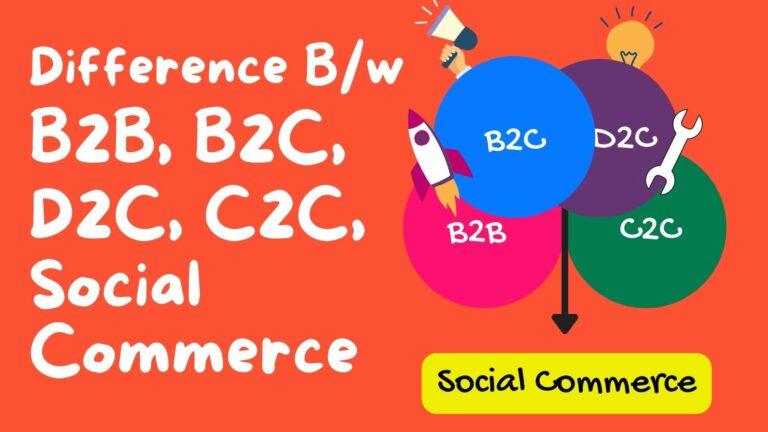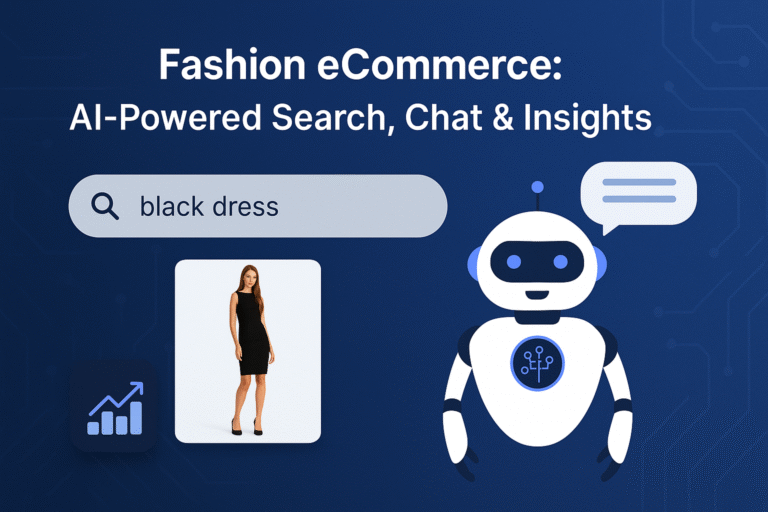The difference between B2B, B2C, D2C, C2C, and social commerce should be at the fingertip of every e-commerce merchant. Sure, you are asking yourself what B2B, B2C, and the like means? Don’t be dismayed; this article will help crack the nut. E-commerce trade has taken an innovative turn today, redefining the various patterns in which people buy and sell products.
B2B, B2C, D2C, C2C, and social commerce are retail e-commerce models. At times, they are regarded as the traditional e-commerce business models. And as an e-commerce merchant, your business will fall under any of these models. The amount of online sales depends on the type of model you use. This is why you should be equipped with the pros and cons of the various models. However, let’s have a quick look at the models.
Types of Business Models
B2B (Business to Business)
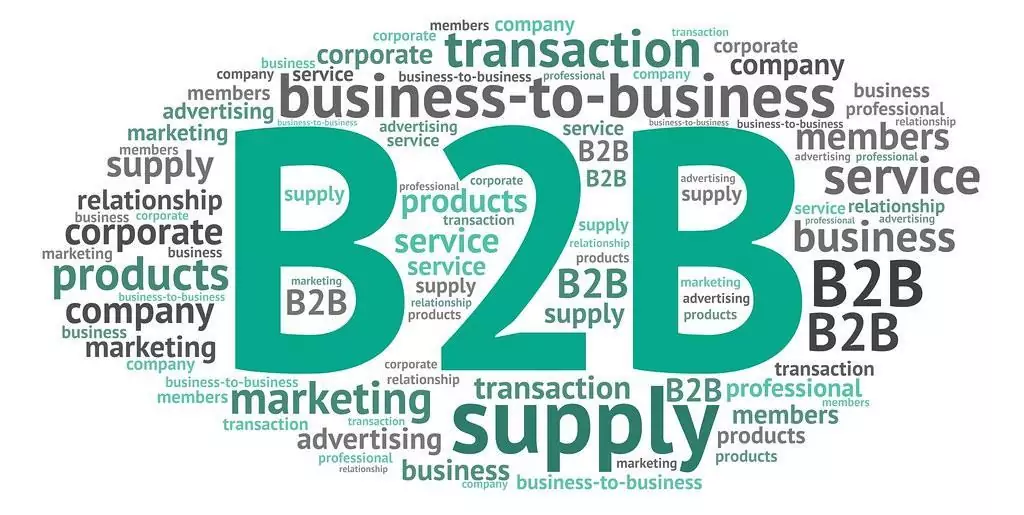
THE B2B business model is a transaction between 2 business bodies (the buyer and seller). This model is suitable for companies that sell their goods and services to an intermediary company before getting to the final consumer. That is, from the producer to the retailer to the final consumer. This is called the chain of distribution in commerce. So, if you are a merchant selling bulk products, this is the right model for you.
Take electrical companies in the United Kingdom, for example. Electrical goods producers such as Panasonic will sell to Amazon, who in return will sell to the final consumer.
Advantages of B2B
- It has a high level of efficiency. Due to the enterprise resource plan (ERP), customers have easy access to customer care services. Every complaint from customers gets rectified immediately.
- As an eCommerce merchant, if you use the B2B model, you have a higher chance of gaining more market and customers.
- With a B2B model, you can reach a wider audience. You can sell to the retailer or consumers directly.
- You stand to gain high profit. Retailers buy in bulk which increases your sales.
Disadvantages of B2B
- The buyers or final consumer influences market price. That is, if your price is high, they might leave your product for others. This will lead to low sales. The price increase might be an addition from the retailer. Unfortunately, it affects the manufacturer or producer.
- You are unable to make quick decisions due to the chain of command. You must consult every stakeholder before deciding.
B2C (Business to Consumers)
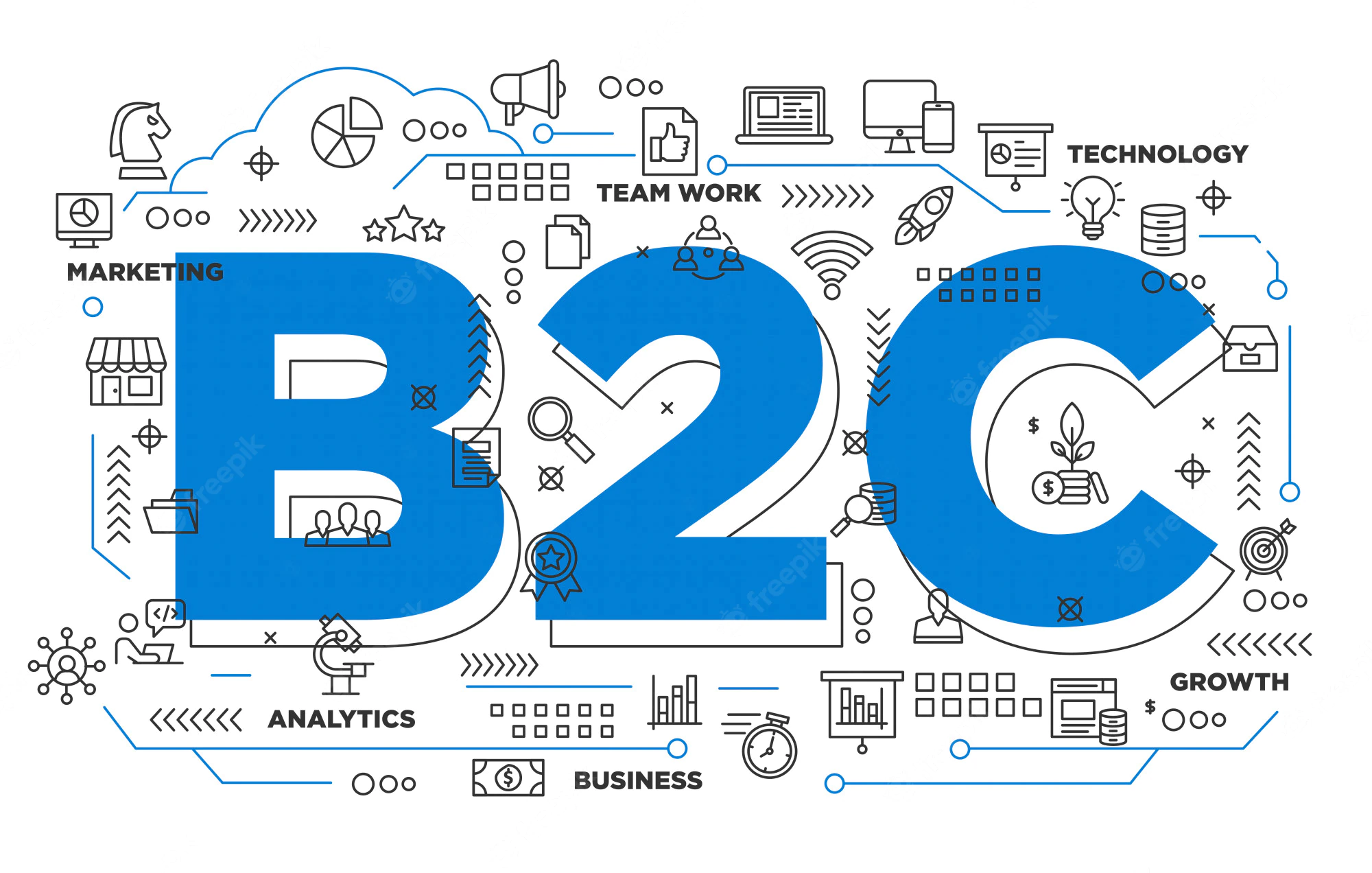
This is the model peculiar to e-commerce businesses and store owners. Unlike B2B, B2C has no retailer or intermediary. Goods and services are sold directly from the producer to the final consumers.
The B2C model permits you to sell different types of goods. You are not restricted like D2C. For example, Netflix uses a B2C business model for services rendered to its audience. However, B2C is considered the best model out of them all.
Advantages of B2C
- You can make quick decisions due to the absence of stakeholders
- It is easy for you to convert visitors to customers.
- It is suitable for small and midsize business owners.
- You can integrate alternative payment methods such as Google Pay.
Disadvantages of B2C
- You are open to the risk of cart abandonment.
- You may lose customers due to competition or high prices.
- If your website is not well optimized, you might face slow system operation, loss of customers, and cybercrime, amongst others.
D2C (Direct to Consumer)

As the name implies, it is another model that runs direct business and transactions with the customer. Similar to B2C, it involves the producer and the final consumer. D2C permits your company to sell only its brand and product. You run the business with an entrepreneurship mindset. Amazon company is a good example that operating the D2C retail model.
Advantages of the D2C Business Model
- You have direct contact with your customers. This fosters better interpersonal relationships with consumers. It grants you closer proximity to knowing what your customers want and need.
- High level of profit. Wholesalers and retailers tend to take a larger piece of your profit. Let me explain if the producer or manufacturer of a good sells to the intermediary (wholesaler or retailer) at $70. And the intermediary sells to the final consumer at 100$. They have a $30 profit. By eliminating intermediaries, you stand a chance to profit of $100 by selling to consumer(s) directly. It allows you to maximize and invest more in your sales strategy.
Disadvantages of the D2C Business Model
- It is complex to operate. You are responsible for your products’ marketing, packaging, inventory, and branding. This is stressful and consumes time.
- You are faced with a competitive market. The marketplace is saturated, which makes it difficult to stand out.
C2C (Consumer To Consumer)
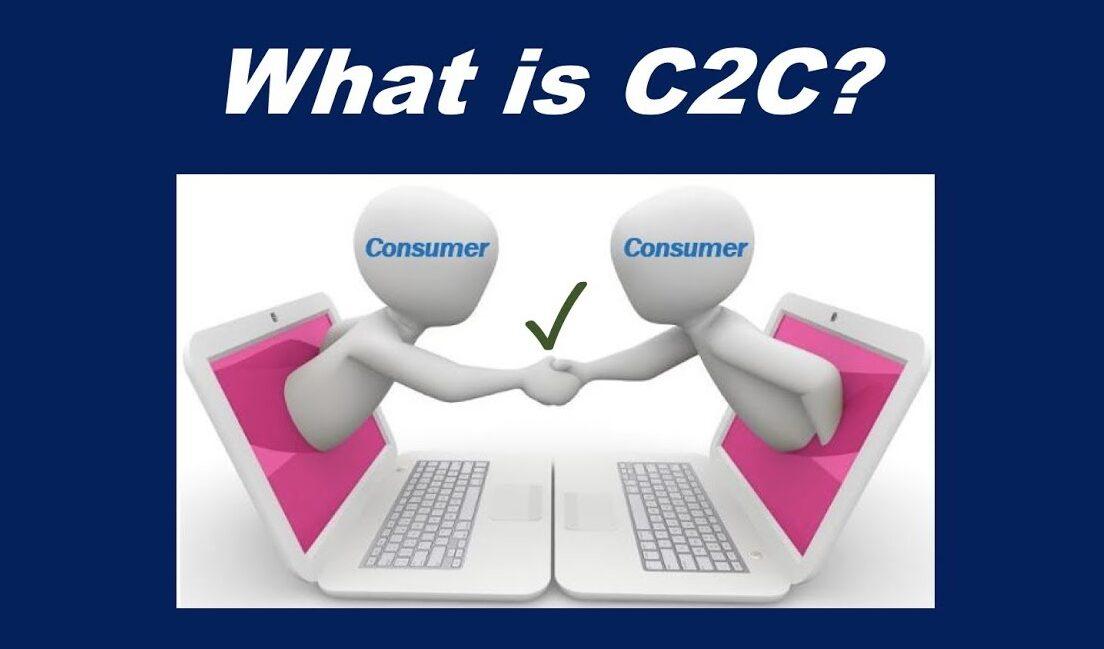
The C2C model allows buyers to be sellers and sellers to be buyers. That is, the website acts as a moderator between clients. Clients switch roles depending on the services they want to offer or receive. Examples include Upwork, Fiverr, and any other freelancing website.
As a freelancer on Upwork, you can bid for services. That makes you the seller. Or offer services. This makes you the buyer. Guess you are curious why the person offering the services is paying. Don’t be confused; business on C2C websites doesn’t follow the regular trading pattern. Let’s have a look at the pros and cons.
Advantages of the C2C Business Model
- As a merchant, you run direct sales to your customers. Your goods and services reach a wide range of audiences across the globe. It also results in high profitability.
Disadvantages of the C2C Business Model
- It is highly competitive. You are not the only merchant on the website. Other merchants might offer the same product at a lesser price.
- You may encounter payment difficulty. However, this depends on the market platform. In the case of Upwork, the buyer might deny you payment if you are not satisfied with your services.
Social Commerce
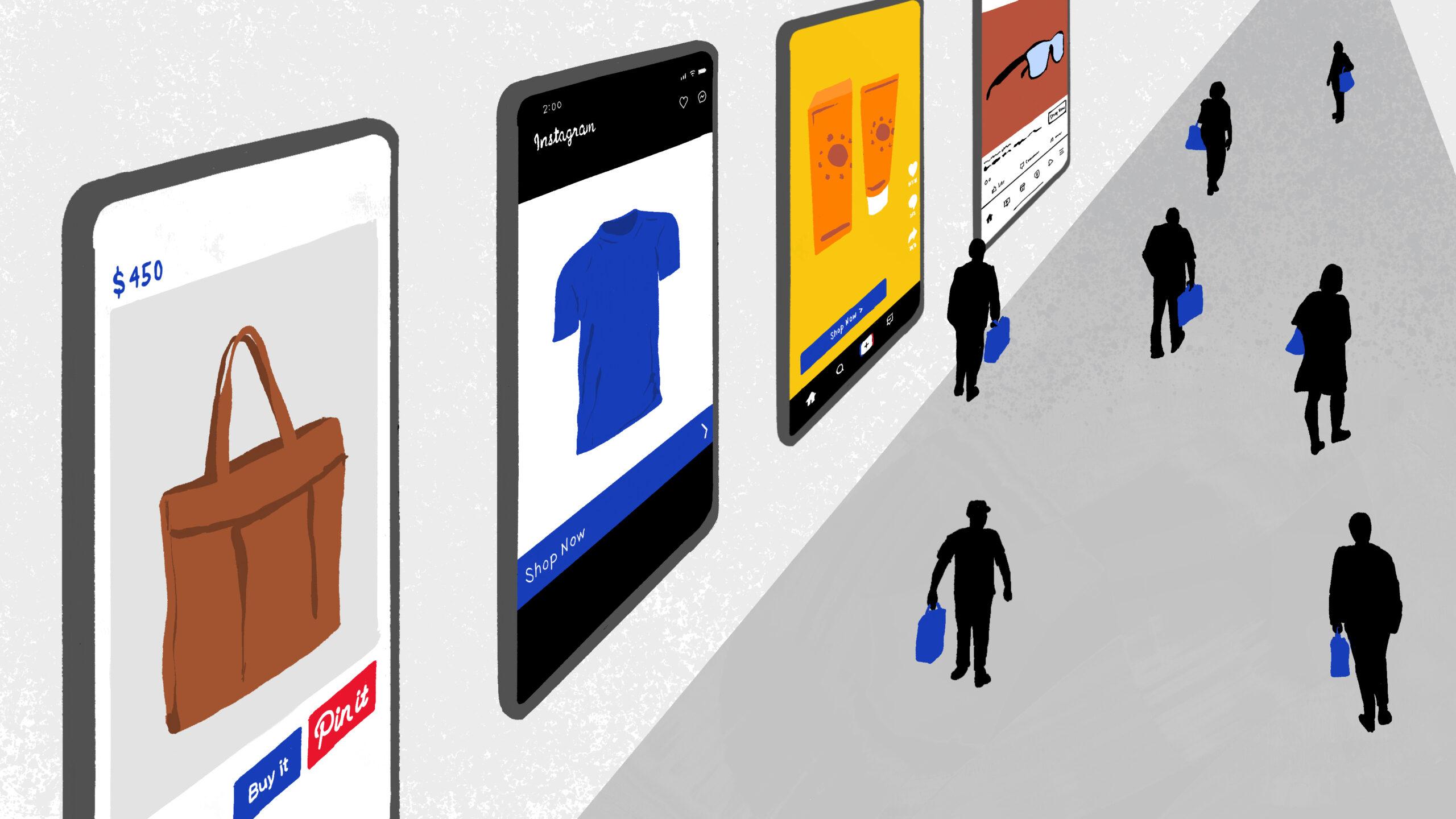
The last business model is social commerce. Here, you can sell your products on different social media platforms. If you would agree with me, social media is the first platform business owners use to advertise their products. Therefore, your customers should experience a high-level business transaction without leaving the platform. That is, no redirection from the social media platform to your online stores.
Advantages of Social Commerce
- Everyone with a smartphone or PC has access to social media. This makes it easy for you to advertise your product to a wide audience.
- It helps increase your brand’s visibility. It is suitable for startup stores.
Disadvantages of Social Commerce
- If a customer or anybody finds your post offensive, it can lead to the fall of your brand.
- High level of competition.
There is no doubt the models share some similarities but still have their differences. B2C, D2C, and C2C sell directly to the final consumer. At the same time, B2B follows the long chain before reaching the final consumers. However, it is possible for B2B to sell to the final consumer but in a rare case.
Conclusion
This article has highlighted 5 different e-commerce business models with their advantages and disadvantages. Therefore, if you plan to start an eCommerce business, consider any models that suit you most.
